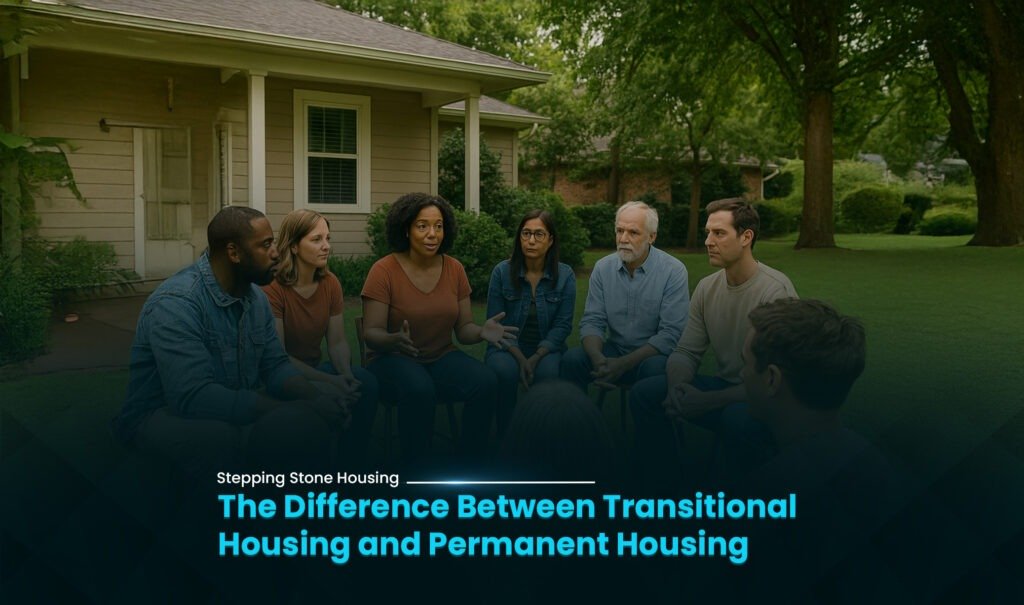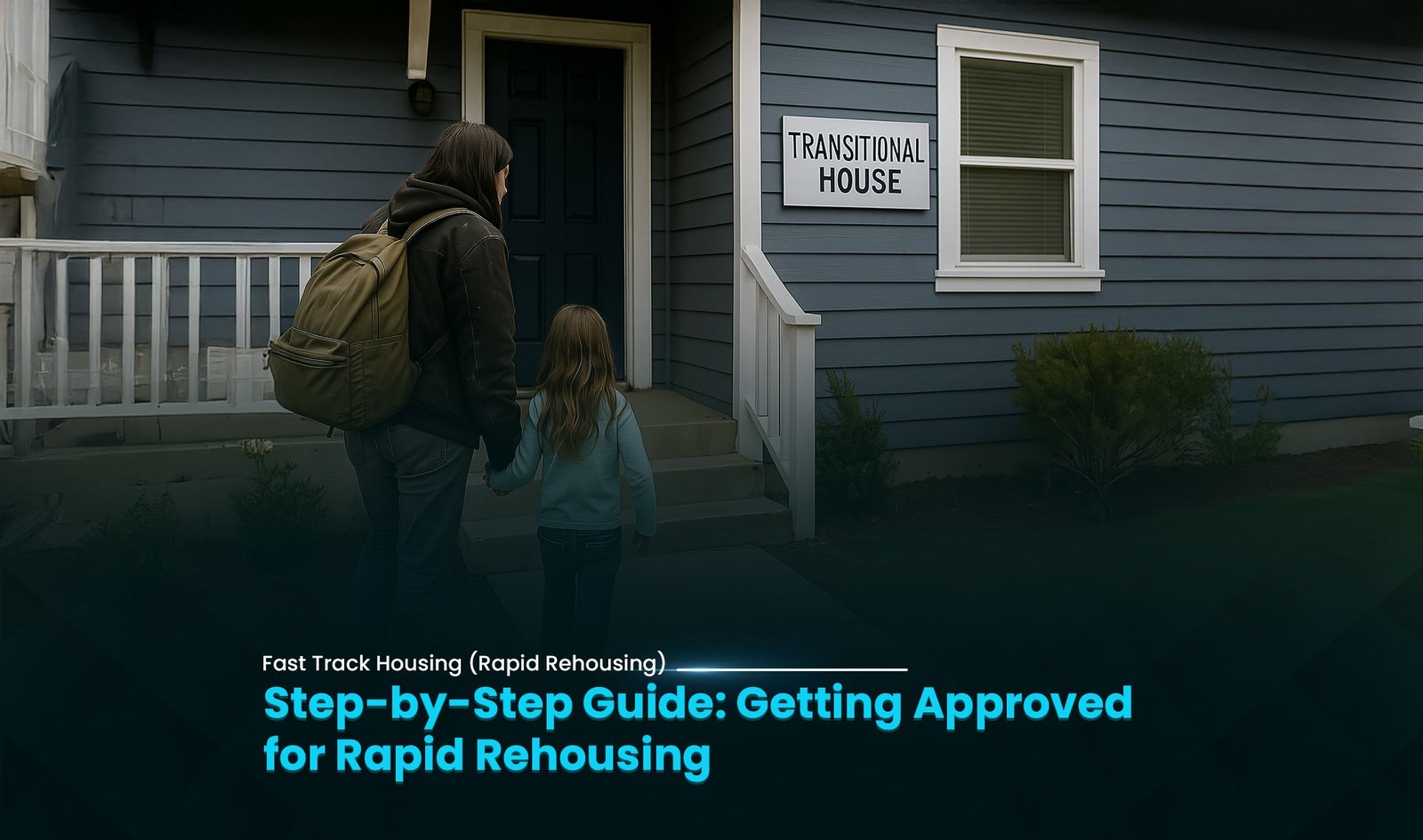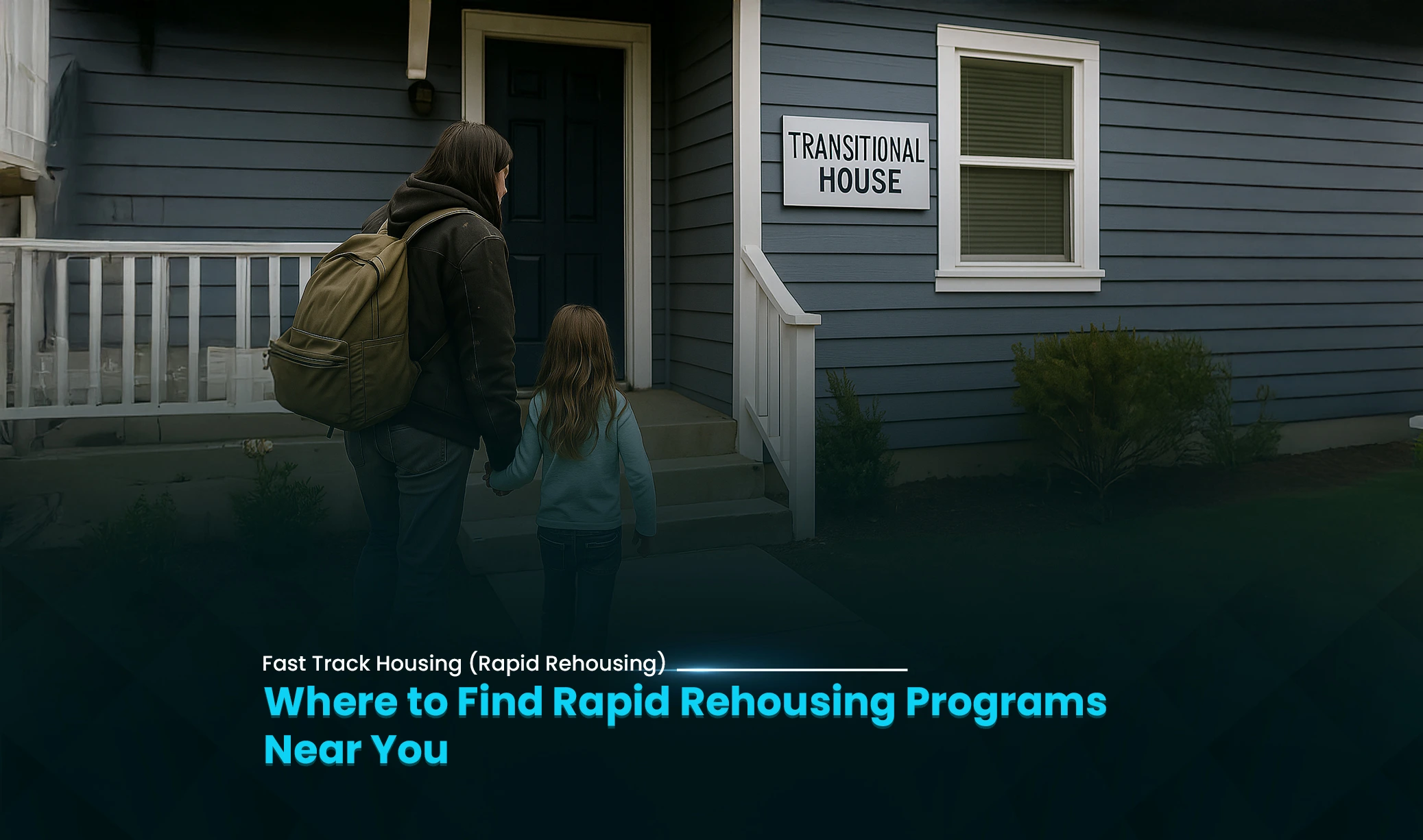Transaction Coordinator Guide to Transitional Housing Solutions
First, people need stable homes as a fundamental human requirement. However, housing paths vary greatly across different situations. Sometimes, individuals require temporary support during challenging transitions. Other times, long-term stability becomes the primary goal. Understanding these differences proves crucial for effective planning. Therefore, we explore transitional housing options comprehensively. Additionally, we examine permanent housing solutions thoroughly. This guide clarifies their distinct roles effectively. Furthermore, it explains how each serves specific needs.
Understanding Transitional Housing
Initially, transitional housing provides temporary shelter for vulnerable populations. Moreover, it offers a structured environment with comprehensive support. Additionally, it includes various support services throughout the stay. The primary aim focuses on thorough preparation. Consequently, it readies individuals for independent living successfully. It serves as a bridge between homelessness and stability. Therefore, people move from homelessness toward permanent housing solutions. This housing type is not a final destination. Instead, it functions as a stepping stone.
Defining Permanent Housing Options
Conversely, permanent housing offers long-term stability without restrictions. Additionally, it has no time limits whatsoever. Therefore, residents can stay indefinitely in their chosen homes. It includes various forms of housing arrangements. For example, apartments, houses, or condominiums serve this purpose. Consequently, people rent or own these dwellings permanently. The focus centers on establishing lasting stability. Furthermore, it provides security and autonomy for residents. This housing represents the ultimate goal.
Core Purpose of Transitional Housing
Initially, the main purpose involves providing temporary support effectively. Therefore, transitional housing helps individuals stabilize their lives. Additionally, it assists them in acquiring essential skills. These skills enable long-term self-sufficiency for residents. Furthermore, it connects residents to valuable community resources. These resources address underlying issues comprehensively. Consequently, the goal focuses on thorough preparation. It empowers a smooth transition to independence. Finally, it prepares people for independent living.
Core Purpose of Permanent Housing
Primarily, the core purpose involves providing long-term stability. Therefore, permanent housing provides a secure base for families. Additionally, it allows individuals to thrive in communities. Consequently, they can build their lives successfully. Furthermore, they integrate into communities more effectively. It offers a genuine sense of belonging. Additionally, it supports family stability over time. It provides a place to call home. Finally, it fosters independence without restrictive deadlines.
Time Limits in Transitional Housing
Initially, time limits create a major distinction between options. Therefore, transitional housing has strict duration requirements. Typically, stays range from six months minimum. However, they can extend up to two years maximum. Consequently, residents must work towards specific goals. Additionally, they must move out within this timeframe. Conversely, permanent housing has no time limits. Therefore, residents can reside there indefinitely. Finally, they face no pressure to leave.
Support Services in Transitional Housing Programs
Initially, transitional housing programs offer comprehensive services. First, they provide case management for residents. Therefore, case managers guide residents through processes. Second, they offer life skills training programs. This includes budgeting and cooking instruction. Third, they provide job readiness support services. Therefore, resume writing becomes common practice. Fourth, counseling services are often available. This addresses mental health and addiction issues. Fifth, they help with educational opportunities. These services integrate seamlessly together. Finally, they help residents become self-sufficient.
Support Services in Permanent Housing
Typically, permanent housing offers minimal direct services. Usually, it provides just the dwelling itself. Therefore, residents are responsible for their services. Additionally, they access external resources independently. These might include community centers nearby. Consequently, they find their own counselors. Furthermore, they secure their own job support. However, some permanent supportive housing exists. This combines housing with ongoing services. This represents a special category. Most permanent housing differs from this model.
Skill Building Focus in Transitional Housing
Initially, transitional housing strongly emphasizes skill building. First, it teaches financial literacy comprehensively. Therefore, residents learn to manage money effectively. Second, it develops employment skills thoroughly. Consequently, people find and keep jobs successfully. Third, it fosters independent living abilities. Therefore, residents learn to maintain homes properly. Fourth, it encourages self-advocacy skills development. Consequently, individuals speak up for themselves confidently. This focus prepares residents for success. Finally, they gain necessary life skills.
Independent Living Focus in Permanent Housing
Primarily, permanent housing assumes independent living skills exist. Therefore, it does not typically teach them. Consequently, residents must already possess these skills. Additionally, they manage their own finances independently. Furthermore, they maintain their own homes completely. They secure their own employment opportunities. Therefore, the focus centers on maintaining stability. Additionally, it emphasizes sustaining autonomy long-term. This distinction proves critical for success. Finally, it shapes the resident experience.
Target Population for Transitional Housing
Initially, transitional housing targets specific vulnerable populations. These include people experiencing homelessness currently. Therefore, veterans often benefit from these programs. Additionally, survivors of domestic violence receive help. Furthermore, individuals in recovery from addiction use it. Consequently, families with children need structured support. Additionally, young adults aging out of foster care receive services. Furthermore, people re-entering society also find help. These groups need structured support systems. Finally, they require temporary assistance.
Target Population for Permanent Housing
Conversely, permanent housing serves a broad population effectively. Therefore, anyone needing a stable home can use it. This includes individuals and families equally. Additionally, it encompasses all income levels comprehensively. Furthermore, it serves those with and without disabilities. Therefore, there are no specific criteria required. It simply provides a place to live. The only requirement involves ability to pay. Alternatively, eligibility for subsidies works too.
Structure and Rules in Transitional Housing
Initially, transitional housing typically has strict rules. First, residents must follow established curfews. Therefore, this ensures safety for everyone. Second, participation in programs is often mandatory. Consequently, this promotes active engagement. Third, residents contribute to household chores. Therefore, this fosters personal responsibility. Fourth, drug and alcohol use is prohibited. Consequently, this creates a safe environment. These rules ensure proper order. Finally, they guide appropriate behavior.
Structure and Rules in Permanent Housing
Typically, permanent housing has minimal restrictive rules. These typically relate to the lease agreement. Therefore, residents must pay rent on time. Additionally, they must not damage property intentionally. Furthermore, they must respect neighbors consistently. There are no mandatory programs required. Additionally, there are no curfews imposed. Therefore, residents have more personal freedom. Finally, they have greater personal autonomy.
Financial Contribution in Transitional Housing
Initially, financial contributions vary significantly across programs. Therefore, some transitional housing is completely free. However, other programs charge a small fee. This fee is often income-based for fairness. Additionally, it might be a percentage of earnings. The purpose is not generating profit. Therefore, it helps cover operational costs. Additionally, it teaches financial responsibility skills. Finally, the focus remains on support.
Financial Contribution in Permanent Housing
Typically, financial contribution involves paying full rent. Therefore, residents pay market rate rent consistently. Alternatively, they receive housing subsidies for assistance. These subsidies cover a significant portion. For example, Section 8 is a common program. Therefore, the expectation involves complete self-sufficiency. Additionally, residents manage their own housing costs. Finally, this represents a significant responsibility.
Preparing for the Future in Transitional Housing
Initially, transitional housing maintains a future-focused approach. Therefore, it prepares residents for next steps. First, it helps identify long-term housing options. Second, it assists with application processes. Third, it provides comprehensive move-out planning. This includes budgeting for a new place. Fourth, it often offers follow-up support. Therefore, this ensures continued success. Finally, the entire program aims for transition.
The Nature of Future in Permanent Housing
Primarily, permanent housing represents the future itself. Therefore, there is no subsequent step required. Consequently, residents establish their lives there permanently. Additionally, they build successful careers. Furthermore, they raise families in stability. They become part of the community. Therefore, the focus shifts to thriving. Additionally, it emphasizes stability and growth. Finally, it focuses on making a life.
Breaking the Cycle with Transitional Housing
Initially, transitional housing plays a crucial role. Therefore, it directly addresses homelessness issues. Additionally, it provides a pathway out. Furthermore, it equips individuals with essential tools. Consequently, they can avoid future homelessness. Additionally, it breaks negative cycles effectively. Therefore, it offers a fresh start. Finally, this makes it incredibly impactful.
Maintaining Stability Through Permanent Housing
Primarily, permanent housing maintains long-term stability. Therefore, it prevents future homelessness effectively. Additionally, it provides a secure foundation. Consequently, people can recover from past issues. Furthermore, they can build a new life. Therefore, it allows for sustained independence. Additionally, it represents the ultimate goal. Finally, it provides where lives are rebuilt.
Benefits of Transitional Housing Programs
Initially, transitional housing offers distinct transformative benefits. Therefore, it provides immediate safety for residents. Additionally, it offers structured support systems. Furthermore, it builds essential life skills. Consequently, it connects to vital community resources. Additionally, it offers a sense of community. Therefore, it helps address underlying issues. Furthermore, it prepares for independence. Finally, these benefits are transformative.
Benefits of Permanent Housing Solutions
Primarily, permanent housing offers different valuable benefits. Therefore, it provides long-term security consistently. Additionally, it offers complete personal autonomy. Furthermore, it fosters community integration effectively. Consequently, it allows for personal growth. Additionally, it supports family stability. Therefore, it provides a true home. Finally, these benefits provide ultimate freedom.
The Collaborative Journey
Often, transitional housing precedes permanent housing effectively. Therefore, they work together seamlessly. Additionally, transitional housing builds the foundation. Furthermore, permanent housing provides the long-term solution. Consequently, one prepares individuals thoroughly. Additionally, the other offers the final destination. Therefore, they form a continuum of care. This collaborative journey helps many people. Additionally, it guides them to stability. Finally, it ensures lasting success.
Conclusion: Two Paths, One Goal
Initially, transitional housing and permanent housing differ significantly. Therefore, one offers temporary, structured support. Additionally, the other provides long-term, independent living. However, both aim for the same ultimate goal. Consequently, they help individuals achieve housing stability. Furthermore, they empower people to rebuild lives. Therefore, understanding these distinctions is important. Additionally, it helps us appreciate their contributions. Both types of housing are essential. Therefore, they address different needs effectively. Finally, they both lead to a better future.





